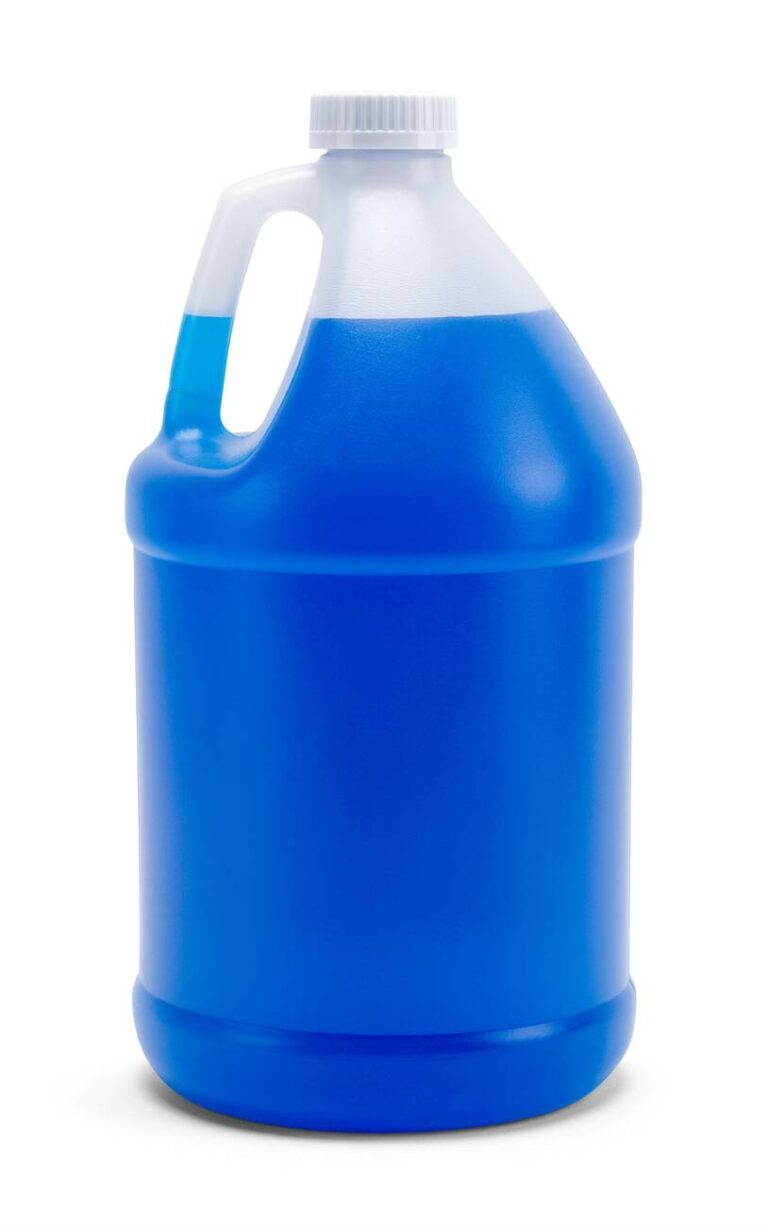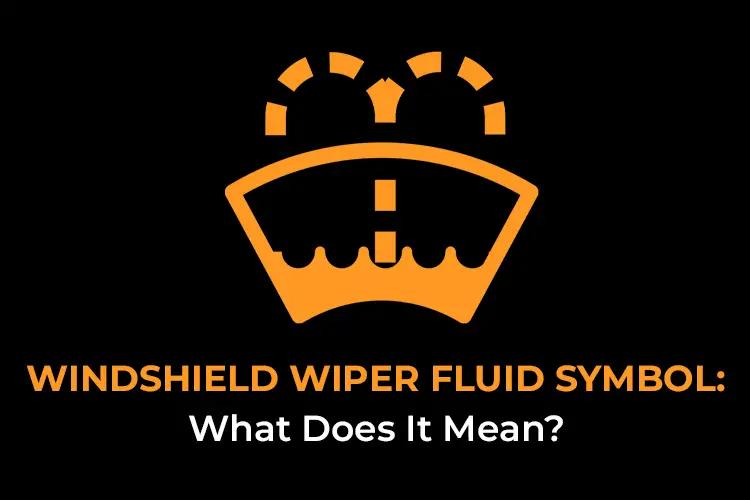Why Is Windshield Wiper Fluid Flammable? Understanding The Risks And Safety Measures
Mar 23 2025
Windshield wiper fluid is a crucial component of vehicle maintenance, ensuring clean windshields for safe driving. However, many people wonder why this fluid is flammable and what implications it has for safety. Understanding the chemical composition and proper usage of wiper fluid can help drivers make informed decisions to protect themselves and their vehicles.
The importance of windshield wiper fluid cannot be overstated. It plays a vital role in maintaining visibility during adverse weather conditions. However, the flammability of this fluid raises concerns about safety and proper handling. In this article, we will delve into the reasons behind its flammability and provide practical tips to mitigate risks.
By exploring the chemical properties, safety precautions, and alternatives available, drivers can make informed choices to enhance their driving experience while ensuring safety. This article aims to provide comprehensive insights into why windshield wiper fluid is flammable and how to use it responsibly.
Read also:Jay Cutler Bodybuilder Net Worth 2023 Insights Into His Life Career And Wealth
Table of Contents
- The Chemical Composition of Windshield Wiper Fluid
- Why Is Windshield Wiper Fluid Flammable?
- Types of Windshield Wiper Fluid
- Safety Tips for Handling Flammable Fluids
- Environmental Impact of Flammable Wiper Fluid
- Non-Flammable Alternatives
- Legal Regulations on Flammable Wiper Fluid
- Storage Guidelines for Windshield Wiper Fluid
- Common Misconceptions About Flammable Wiper Fluid
- Conclusion: Ensuring Safe Usage of Windshield Wiper Fluid
The Chemical Composition of Windshield Wiper Fluid
Windshield wiper fluid is primarily composed of water and methanol or ethanol, which are highly effective in removing dirt, grime, and debris from windshields. Methanol, in particular, is a key ingredient that lowers the freezing point of the fluid, making it suitable for use in colder climates. However, methanol is also highly flammable, which contributes to the overall flammability of the fluid.
Other additives, such as detergents and corrosion inhibitors, are included to enhance cleaning performance and protect the vehicle's paint and rubber components. While these additives improve functionality, they do not significantly reduce the flammability of the fluid.
Key Ingredients in Wiper Fluid
- Methanol or Ethanol: Responsible for the fluid's cleaning and de-icing properties.
- Water: Acts as a solvent and diluent for the other components.
- Detergents: Improve cleaning efficiency by breaking down grease and oil.
- Corrosion Inhibitors: Protect metal components from rust and degradation.
Why Is Windshield Wiper Fluid Flammable?
The flammability of windshield wiper fluid is primarily due to the presence of methanol or ethanol, both of which are classified as volatile organic compounds (VOCs). These substances have low flash points, meaning they can ignite easily when exposed to heat or an open flame. When stored improperly or used in high-temperature environments, the risk of ignition increases significantly.
According to the National Fire Protection Association (NFPA), methanol has a flash point of approximately 52°F (11°C), making it highly flammable under normal atmospheric conditions. This characteristic necessitates careful handling and storage to prevent accidents.
Factors Contributing to Flammability
- High concentration of methanol or ethanol in the fluid.
- Low flash point of the chemical components.
- Potential exposure to heat sources or open flames.
Types of Windshield Wiper Fluid
Windshield wiper fluids come in various formulations, each designed for specific purposes and climates. The most common types include:
All-Season Fluid
All-season wiper fluid is formulated to perform well in both warm and cold weather conditions. It typically contains a balanced mixture of water, methanol, and detergents, making it suitable for year-round use. However, its flammability remains a concern, especially in high-temperature environments.
Read also:Billie Joe Armstrong Fashion Style The Ultimate Guide To The Punk Rock Icons Wardrobe
Winter Fluid
Winter wiper fluid is specifically designed to resist freezing in cold climates. It contains a higher concentration of methanol or ethanol, which lowers the freezing point significantly. While effective in icy conditions, this formulation also increases the fluid's flammability.
Bug Remover Fluid
Bug remover fluid is enriched with additional cleaning agents to dissolve insect residue and other tough stains. This type of fluid may contain higher concentrations of alcohol, further enhancing its flammability.
Safety Tips for Handling Flammable Fluids
Handling windshield wiper fluid safely is essential to prevent accidents and ensure the well-being of users. Below are some practical tips for safe handling:
- Store the fluid in a cool, dry place away from heat sources and open flames.
- Use the fluid in well-ventilated areas to minimize the risk of inhalation.
- Dispose of empty containers properly, following local hazardous waste regulations.
- Avoid spilling the fluid on hot engine parts or electrical components.
By following these guidelines, drivers can significantly reduce the risks associated with flammable wiper fluid.
Environmental Impact of Flammable Wiper Fluid
Windshield wiper fluid, particularly those containing methanol, can have adverse effects on the environment if not handled and disposed of properly. Methanol is toxic to aquatic life and can contaminate water sources if spilled or improperly discharged. Additionally, the production of methanol contributes to greenhouse gas emissions, further impacting the environment.
Studies conducted by the Environmental Protection Agency (EPA) highlight the importance of using eco-friendly alternatives to minimize the environmental footprint of wiper fluid usage. Drivers are encouraged to opt for biodegradable formulations whenever possible.
Non-Flammable Alternatives
For those concerned about the flammability of traditional windshield wiper fluid, several non-flammable alternatives are available. These alternatives often use water-based formulations with non-alcoholic cleaning agents, reducing the risk of ignition.
Water-Based Solutions
Water-based wiper fluids are free from methanol and ethanol, eliminating the flammability risk. These solutions rely on natural cleaning agents, such as plant-based surfactants, to remove dirt and grime effectively. While they may not perform as well in extreme cold, they are an excellent choice for mild climates.
Biodegradable Formulations
Biodegradable wiper fluids are designed to break down naturally in the environment, minimizing their ecological impact. These formulations often use organic additives and are free from harmful chemicals, making them a safer choice for both users and the planet.
Legal Regulations on Flammable Wiper Fluid
Governments and regulatory bodies around the world have established guidelines for the safe handling and disposal of flammable liquids, including windshield wiper fluid. In the United States, the Occupational Safety and Health Administration (OSHA) mandates specific storage and handling procedures for methanol-containing products.
Similarly, the European Union has implemented strict regulations on the labeling and packaging of flammable liquids to ensure user safety. These regulations require manufacturers to include hazard warnings and safety instructions on product packaging.
Storage Guidelines for Windshield Wiper Fluid
Proper storage of windshield wiper fluid is crucial to prevent accidents and maintain product quality. Below are some recommended storage guidelines:
- Keep the fluid in its original container with a tight-fitting lid to prevent spills.
- Store the container in a cool, dry place away from direct sunlight and heat sources.
- Label the container clearly to avoid confusion with other liquids.
- Dispose of unused fluid responsibly, following local hazardous waste disposal regulations.
By adhering to these guidelines, users can ensure the safe and effective use of windshield wiper fluid.
Common Misconceptions About Flammable Wiper Fluid
There are several misconceptions surrounding the flammability of windshield wiper fluid. Below are some common myths and the truths behind them:
Myth: Wiper Fluid Can Ignite in the Sun
Truth: While windshield wiper fluid is flammable, it requires a specific combination of heat and ignition source to ignite. Exposure to sunlight alone is unlikely to cause combustion, but it can increase the risk of evaporation and reduce the fluid's effectiveness.
Myth: All Wiper Fluids Are Flammable
Truth: Not all wiper fluids are flammable. Water-based and biodegradable formulations are available that do not contain methanol or ethanol, eliminating the flammability risk.
Conclusion: Ensuring Safe Usage of Windshield Wiper Fluid
In conclusion, understanding why windshield wiper fluid is flammable and how to handle it safely is essential for drivers. By familiarizing themselves with the chemical composition, safety precautions, and available alternatives, users can make informed decisions to protect themselves and the environment.
We encourage readers to share this article with fellow drivers and explore our other resources on vehicle maintenance and safety. Together, we can promote safer driving practices and a cleaner planet. If you have any questions or comments, please feel free to leave them below!
References:
- Environmental Protection Agency (EPA)
- National Fire Protection Association (NFPA)
- Occupational Safety and Health Administration (OSHA)


